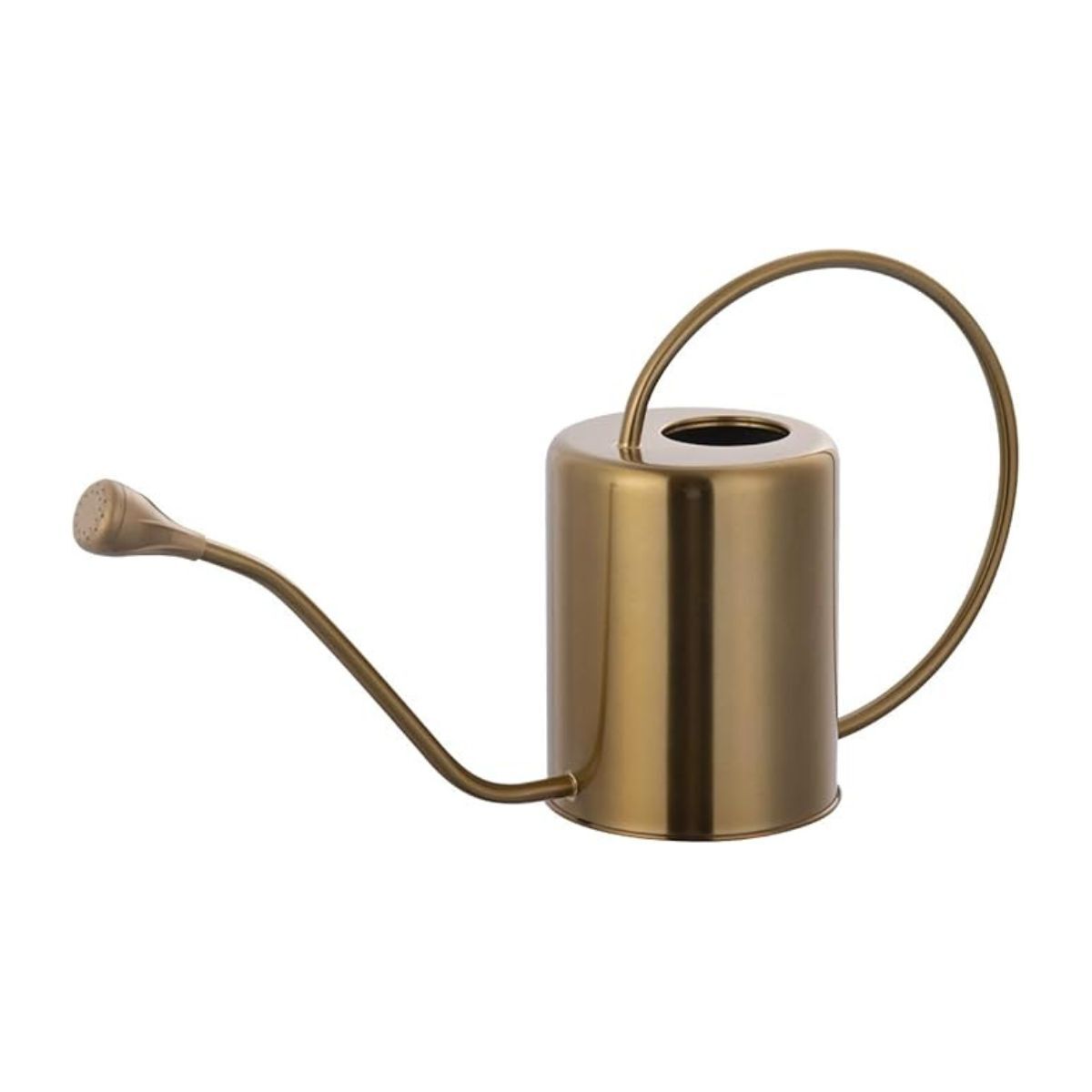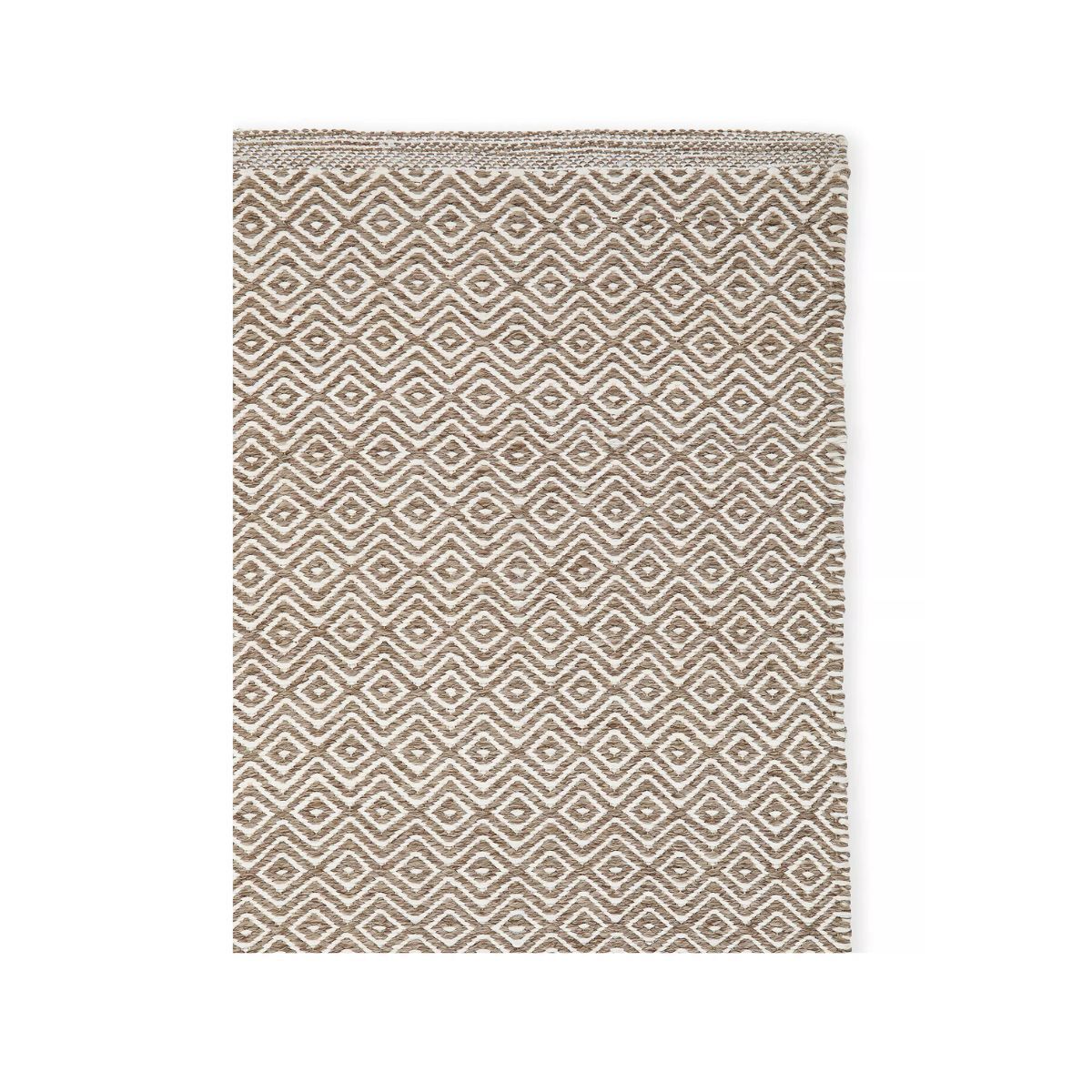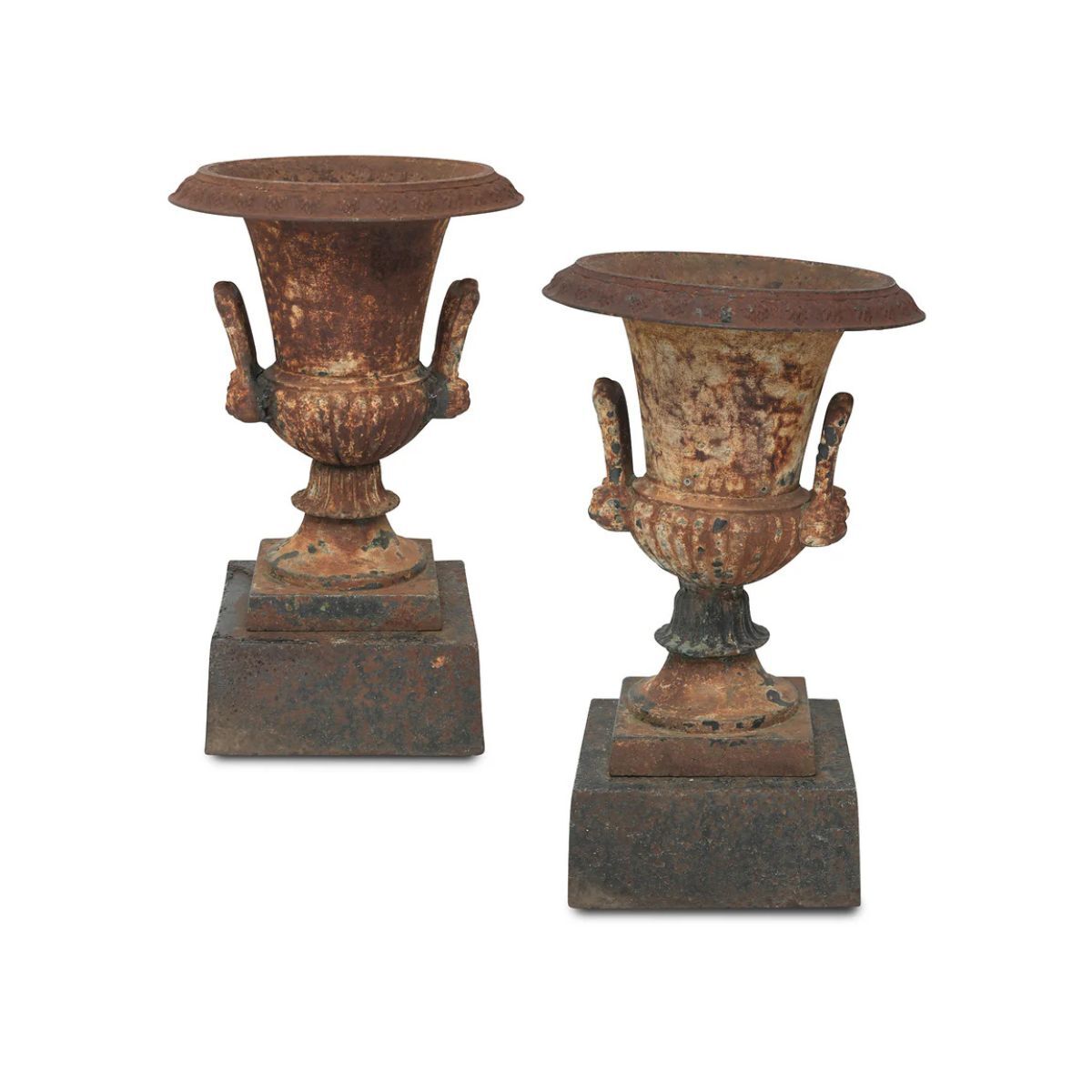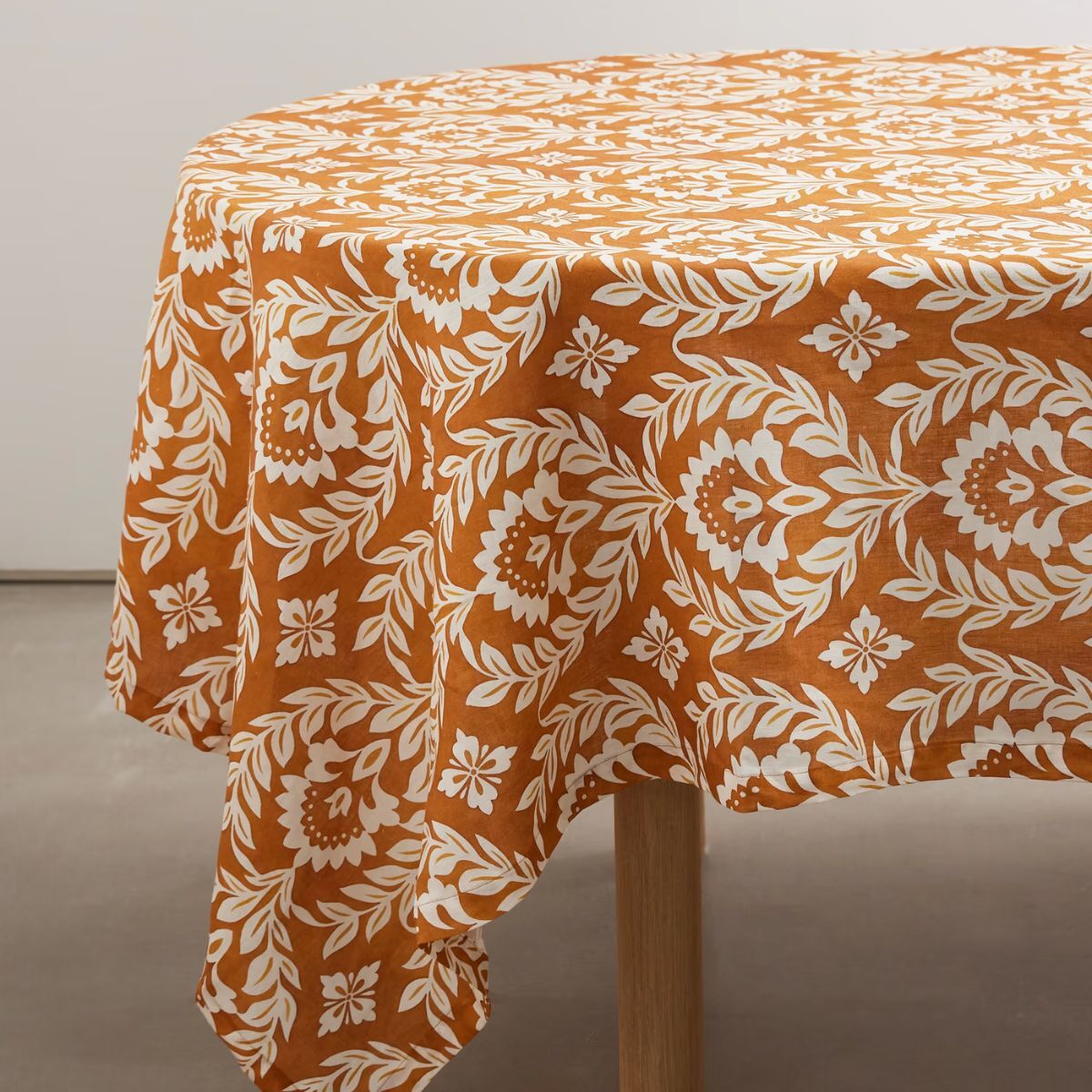9 outdoor room ideas to create a beautiful space that blends indoors and out
Offering the best of indoors and out, these outdoor room ideas are sure to inspire
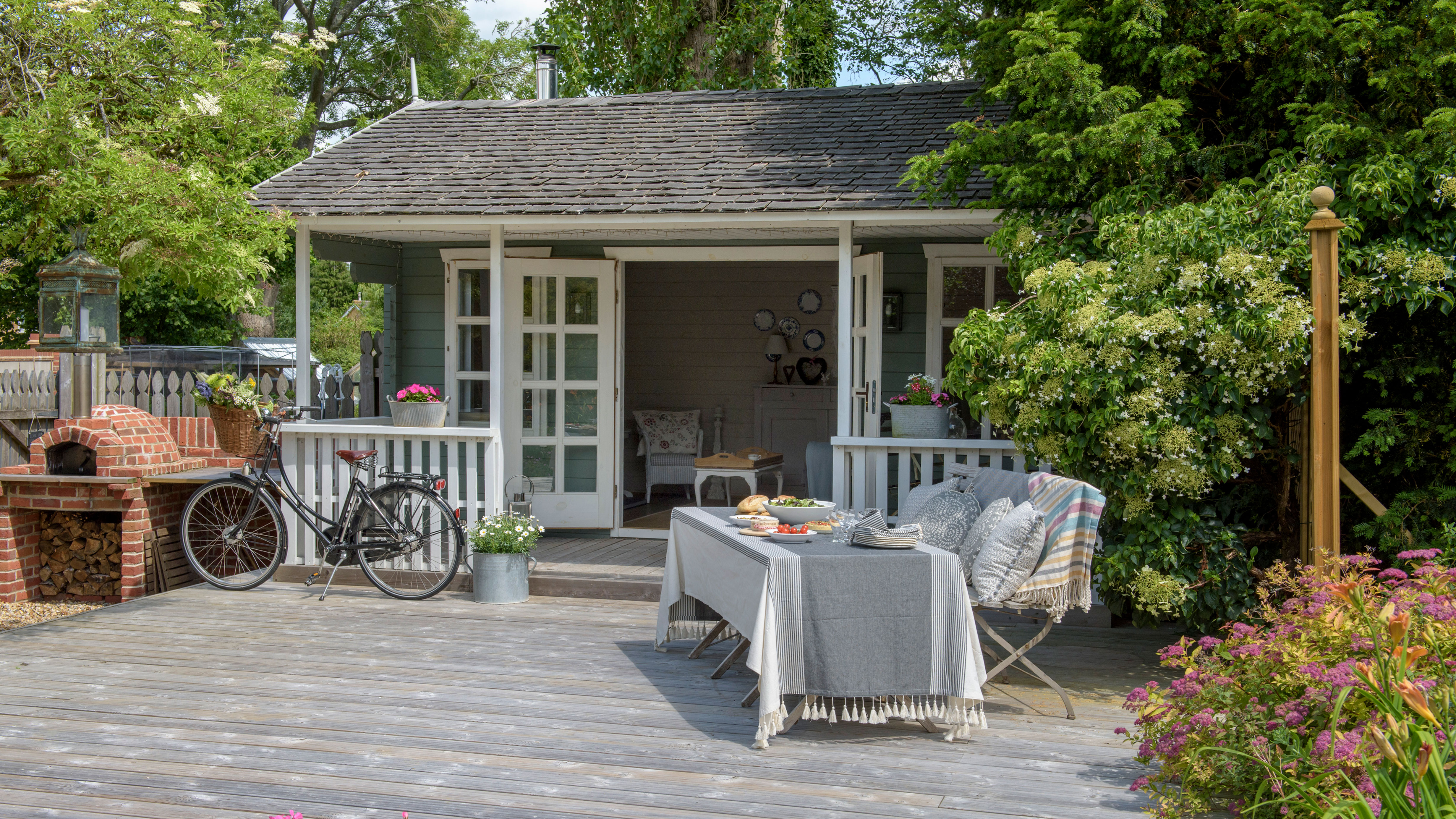
- 1. Form follows function when designing a garden room
- 2. Choose a color scheme that blends into your yard
- 3. Add a home bar for cocktail hour
- 4. Don't forget to make comfort a priority
- 5. Ensure the journey to your garden room is magical too
- 6. Guarantee your garden room has perennial appeal
- 7. Choose functional flooring
- 8. Grow climbing and rambling plants to contact the room with the outdoors
- 9. Don't ignore your local zoning laws

On a gray, drizzly day, it can feel as though you have been robbed of your chance to enjoy your yard. What better way to still enjoy your plants than retreating to a beautifully adorned outdoor room?
If you are on the hunt for backyard ideas that make the most of the space you have available to you, you may find yourself considering a garden room. Similar to a sunroom, conservatory, or orangery, although garden rooms usually take the form of a standalone building in your backyard, they can be anywhere in the home and serve a plethora of functions.
A garden room, or outdoor room, can be used as a home office, studio, lounge, or dining area, but for the most part, they are rooms we want to relax in, retreat to, and unwind in. Designing and decorating a garden room that delivers this sybaritic indulgence is no easy task, and that's why it's important to take heed of expert advice.
Whether you want a space to supercharge and display your favorite house plants, somewhere to be creative, or a home bar that brings the party to you, a garden room can be wherever or whatever you need it to be – here are our best tips, with a little help from the experts to designing a beautiful garden room this summer.
1. Form follows function when designing a garden room
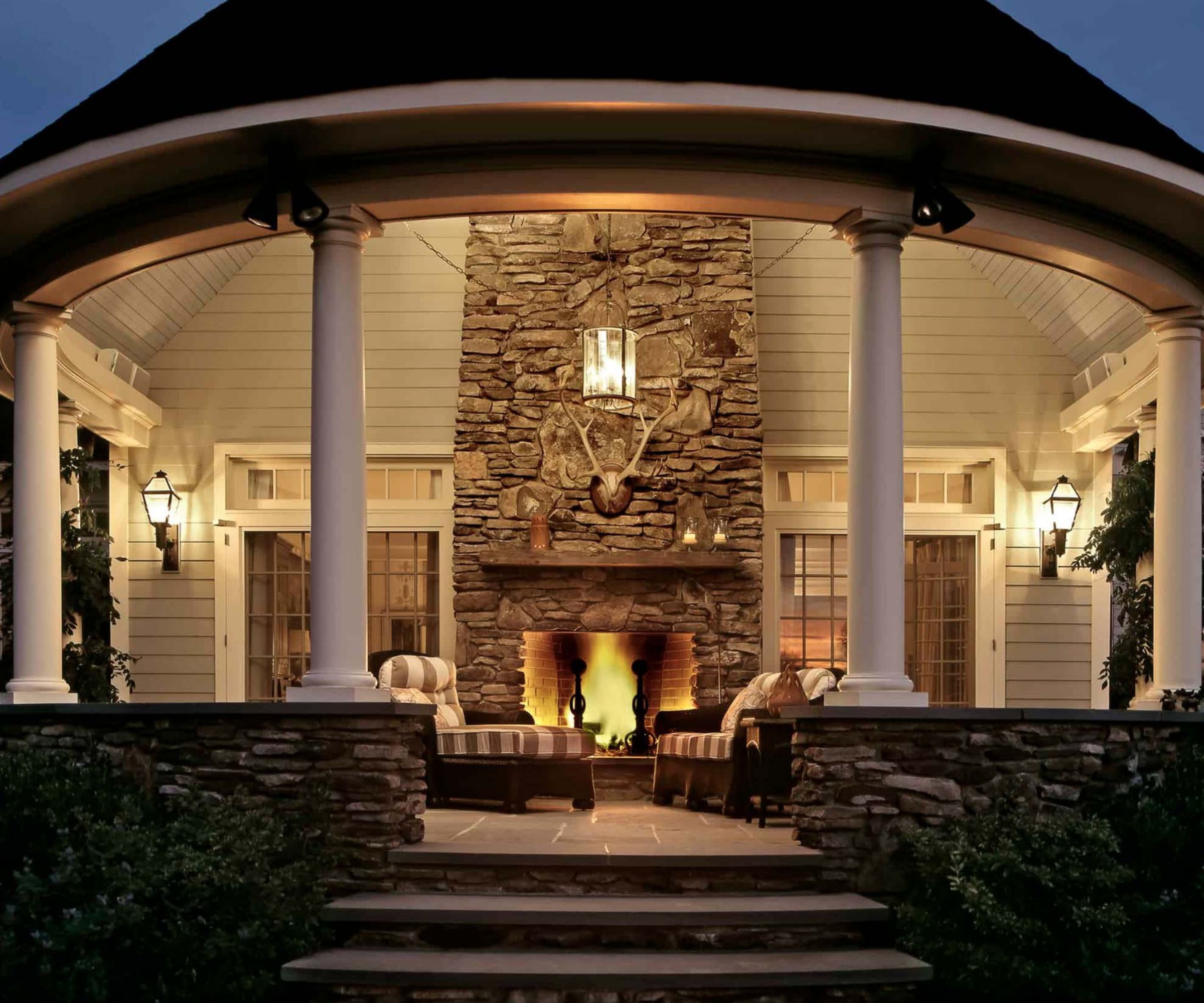
The buildings on your property should share a sense of style, so look to your home for ideas about how to design your outdoor rooms. Take cues from the features of your home, such as arches, columns, or exposed beams, and echo them in your garden room design choices. This subtle repetition establishes a cohesive narrative that ties the spaces together.
'I advise clients to think about how they will be utilizing the space before embarking on the design, and make sure the functionality is versatile for all use cases,' explains San Francisco-based interior designer Leah Harmatz of Field Theory Design.
'It's helpful to consider the views out the windows, the direction of sunlight, and the location on the property before determining the orientation of the structure. If a bathroom is getting added to the layout, it can be nice to add a door to a patio or outdoor shower (obviously depending on location and climate). It's often a good idea to source furniture that is adaptable to various uses, such as a convertible daybed, modular storage, a table that can serve as a desk or a dining table.'
'I like to add a deck or patio off the garden room to expand the usable space and emphasize the indoor/outdoor flow,' Leah adds. 'French doors or large bifold doors that open fully can increase this feeling of being surrounded by nature.'
2. Choose a color scheme that blends into your yard
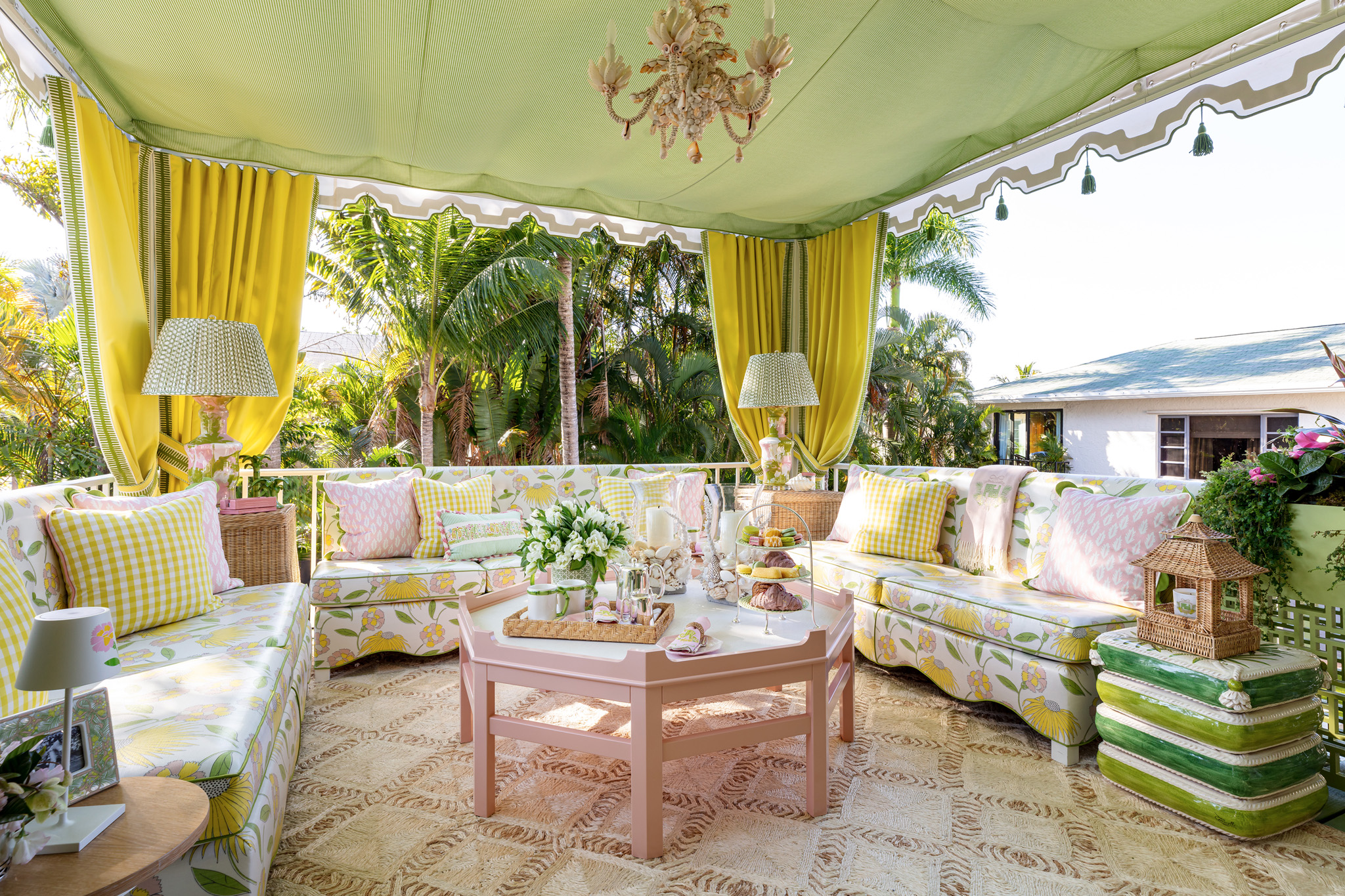
Let's face it, some outbuildings can be a bit of an eyesore. Choosing a color palette that echoes the tones of the surrounding nature not only enhances the visual appeal of a garden room; but also fosters a sense of connection with nature. '
'When deciding on paint color for an outdoor room, take your paint deck or samples to the nearest bark of trees, moss, stone, or lichens,' advises Tennessee-based interior designer Jen Bienvenu. Taking color palette cues from nature and your locale will ensure that your garden room becomes a part of the landscape itself. Always stick to natural stones and materials.'
'Restraint is the most important design principle to exercise in a garden room,' explains Jen. 'The focus is often the view or vista just through the window, and ensuring that paint and furnishings don't distract from that view will create the peaceful environment most of us are after when designing a garden room.'
In this wonderful tropical garden, the outdoor room echoes the colorful palette of the surrounding area, so it feels in keeping with the environment.
3. Add a home bar for cocktail hour
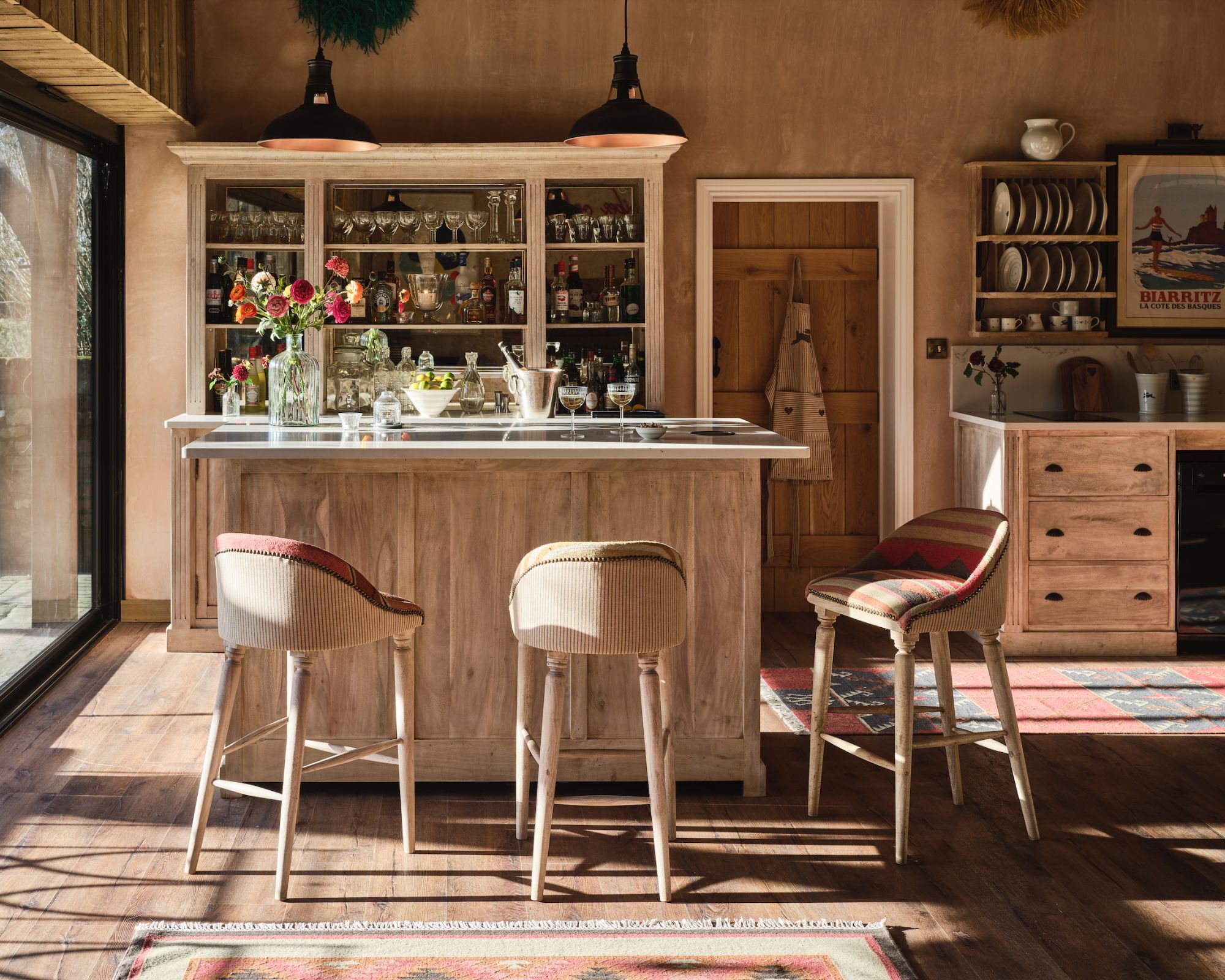
If you love to entertain, and space allows, consider different home bar ideas to make your garden room the go-to spot for celebration, family gatherings, and late evening nightcaps.
There are several ways to perfect your home bar set up, but if space is limited, you won’t need to go for top-of-the-range catering equipment for your home bar.
When we asked Jen what we absolutely must bear in mind when building a home bar in a garden room, she suggested, 'Always use a leathered, flamed, or sandblasted finish on countertops for outdoor spaces. Flamed finishes are rougher to the touch and ensure slip resistance in humidity. Rougher textured countertops also do a better job at hiding dust and pollen until you have a chance to wipe them clean.'
'Keep reflective surfaces and finishes to a minimum. With the constant position change of the sun, the last thing you'll want in your garden room is a glare or harsh reflection. Ensure a separate water line is running to this particular room that can be shut off and drained in the winter, to avoid freezing and ruining outdoor appliances.'
4. Don't forget to make comfort a priority
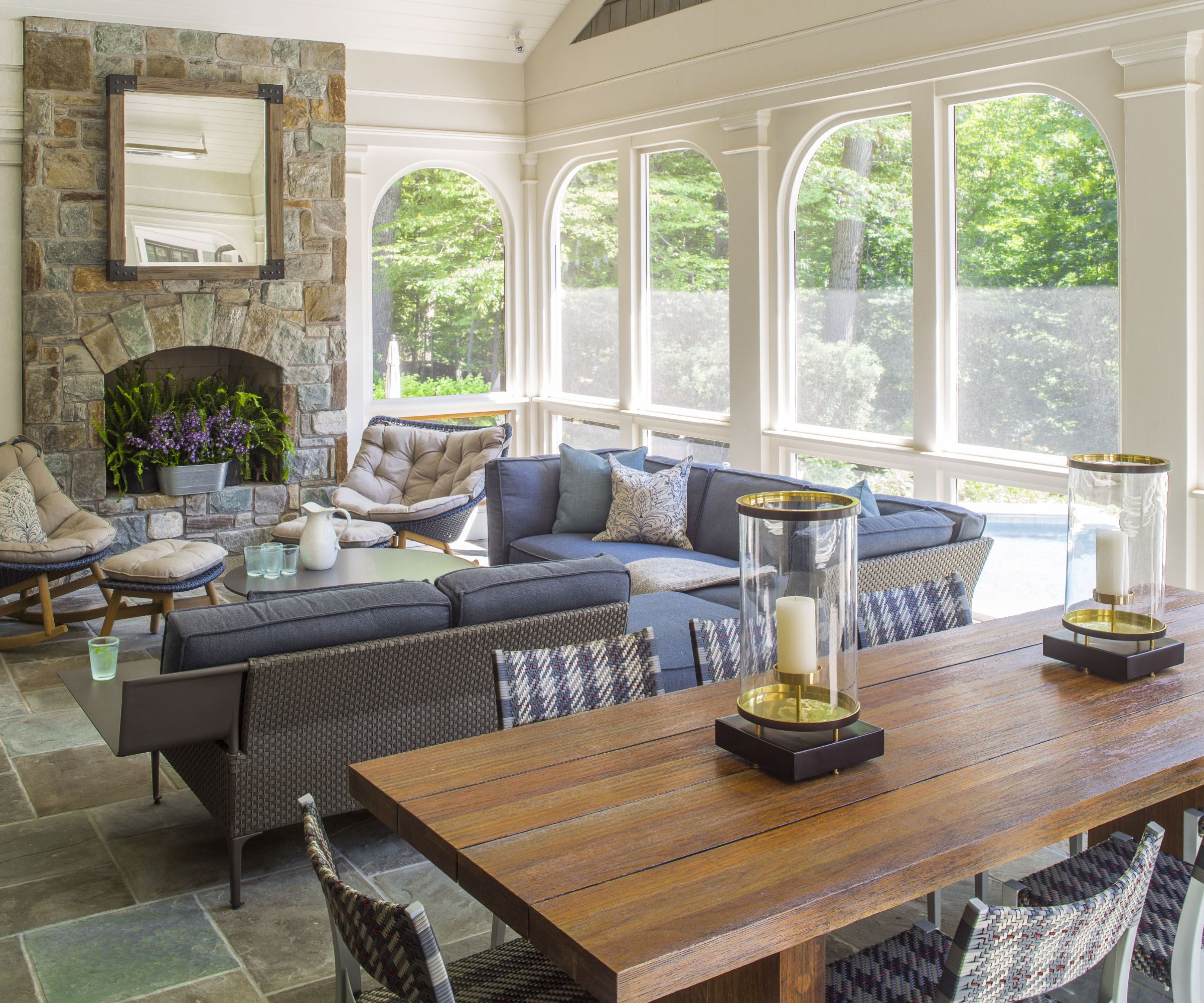
In all rooms, comfort is king. This is even true for garden rooms. It can be tempting to put aesthetics first, but if you are creating a space for entertaining guests, chatting with friends, and spending time with family, it needs to be comfortable. Ensure there is a layout that invites conversation and conviviality, room for comfortable seating as well as formal seating. If space doesn't allow for both, comfortable seating should take priority.
Founders of interior design firm Goddard Littlefair, Martin Goddard and Jo Littlefair, note that if comfort has not been made the priority, it will end up being a room that is seldom used.
'Think beyond aesthetics,' they advise. 'Aim to create a space that evokes emotion and memories – one that feels immersive, calming, and comfortable. Understated luxury lies in how a space makes you feel, not just how it looks.'
'I advise clients to think about how they will be utilizing the space before embarking on a garden room design, and make sure the functionality is versatile for all use cases,' says Leah. 'It's helpful to consider the views out the windows, the direction of sunlight, and the location on the property before determining the orientation of the structure.'
5. Ensure the journey to your garden room is magical too
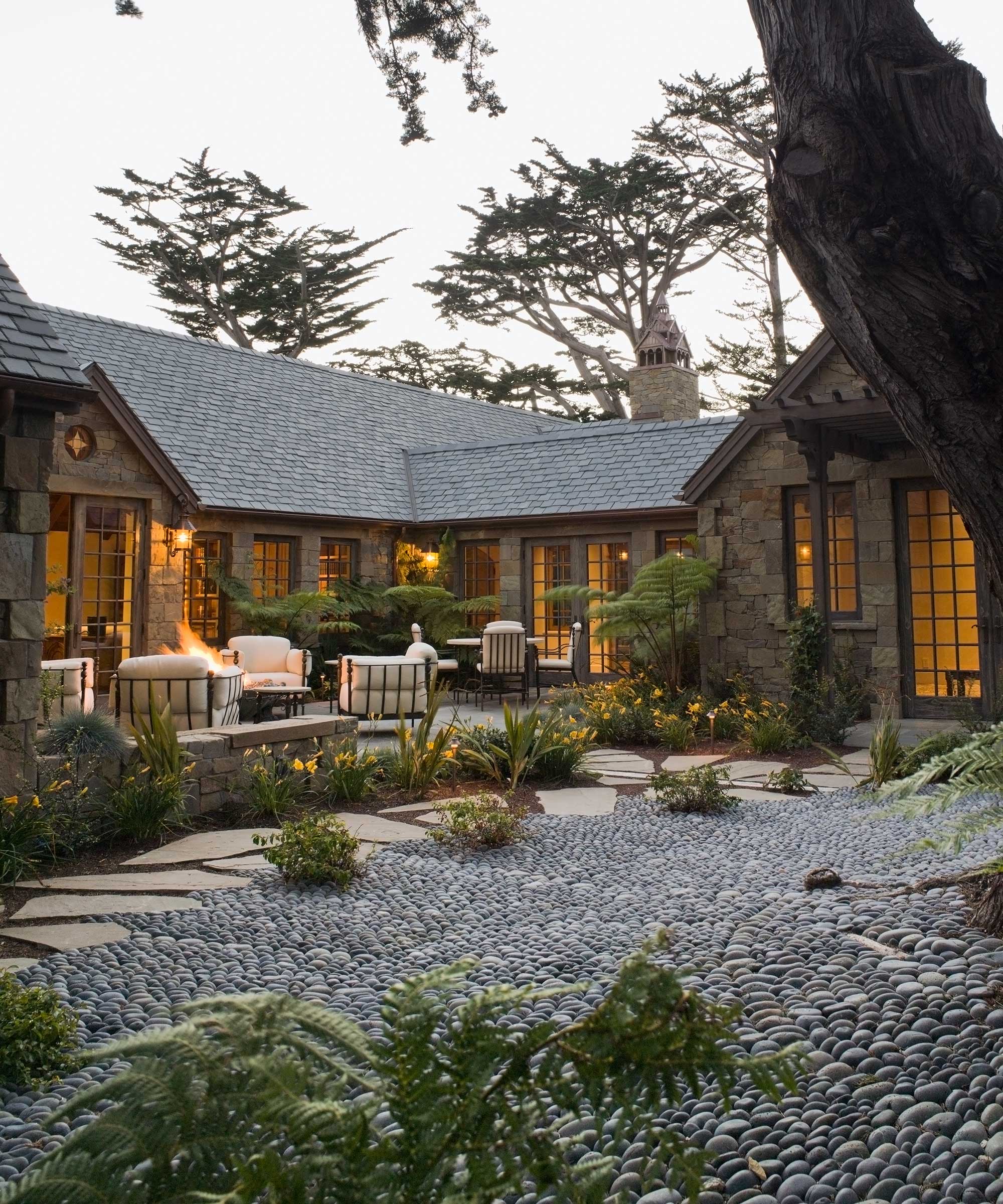
Approaching and entering your garden room should be magical. Choose an exterior paint color that you love, make the entrance to the building beautiful as well as functional, and don't forget to consider how you and your guests will journey to and from the garden room.
A water feature in your garden room or just outside it can make for a magical entrance, as if stepping into a fairytale. If there is minimal space, consider a tabletop water feature like this modestly priced indoor fountain from Wayfair.
A great garden room idea is to strategically place bird feeders by the windows of the garden rooms. Plant pollinator-friendly flowers around the windows too, so when you are relaxing in your garden room, with a book or pot of coffee, glance out of the window, your view will be aflutter with butterflies, bees, hummingbirds, and dragonflies.
There are, admittedly, less fun, but vital, practical considerations to think about too. If you are journeying to and from your garden room in the evening, it is worth investing in solar panelled lights like these solar pathway lights from QVC to ensure steps and pathways are well lit.
6. Guarantee your garden room has perennial appeal

If you are designing your garden room from scratch, don't forget to include features that ensure your garden room has perennial appeal. It can be easy to get caught up in the romance of long, hot summer days, the promise of alfresco dining, and the excitement of summer entertaining, but if you only focus on summer decor, it can mean the room is redundant for six months or more of the year.
Jen, who has designed garden rooms in Kentucky and Arkansas, has some top tips for designing a garden room with year-round appeal. 'Lots of windows will create that warming greenhouse effect. Also consider heated stone floors or fireplaces to ensure a garden room can be used earlier in the spring and later into the fall. Investing in these elements of a garden room will ensure that you can use the space for a considerable portion, if not all, of the year.'
For a garden room to have enduring appeal and remain a worthwhile investment, it should be appealing all year round. Consider implementing features like a wood burner, radiators, underfloor heating, and accessories like blankets, string lighting, and drapes. You may wish to have a view of the garden in the height of July, but come November, you will most likely feel differently.
Don't forget to swap your decor according to the seasons. Come September, pack away the signs of summer and unpack the fall decor and continue this seasonal cycle all year round, so it's a cozy and cocooning space you want to spend time in, even when the garden and the weather are not at their best.
7. Choose functional flooring
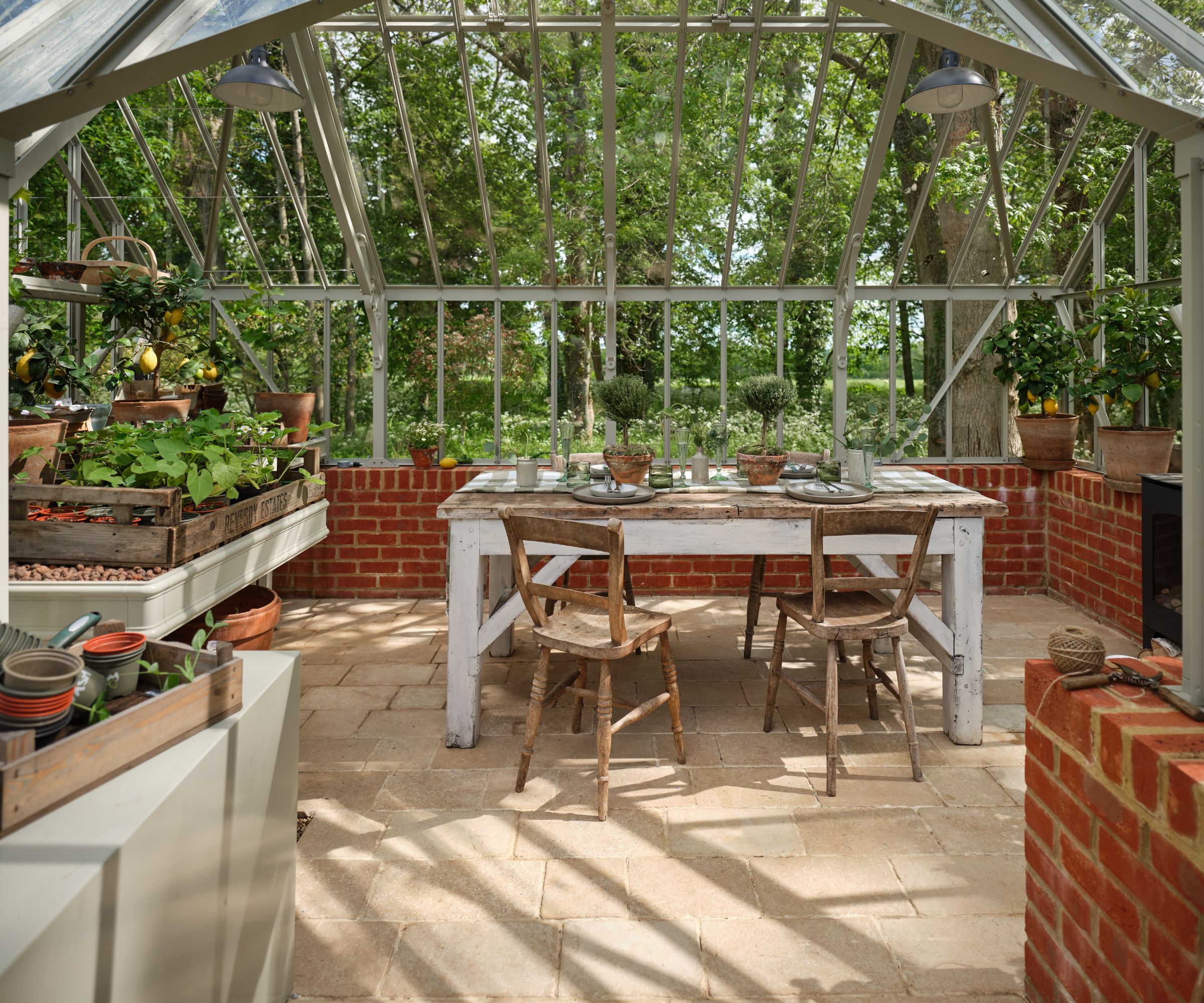
When it comes to creating a garden room that seamlessly blends indoor comfort with outdoor charm, the choice of flooring plays a key role in setting the tone.
Nothing compares to the timeless appeal of organic materials such as hardwood and natural stone. These materials not only add warmth and texture to your outdoor rooms but also bring a sense of authenticity to the space, particularly if it's a new build.
'There is something so romantic about dining out under the stars, but we can never quite predict the weather, which is why utilizing a garden room and its vast expanse of glass can be perfect,' says Grazzie Wilson, head of creative at Ca' Pietra.
'While a garden room can be practical, from potting to growing plants, its rustic charm can lend itself to an informal dining space; the perfect place to host lunch on a weekend. If this is the case, you’ll want to ensure the space is as beautiful as it is functional, so think carefully about flooring options,' she advises. 'A fantastic option is to choose limestone which brings character and warmth to any scheme. A tumbled and etched finish tile means it is anti-slip while the soft honey color complements this fresh country home [above] perfectly.'
8. Grow climbing and rambling plants to contact the room with the outdoors
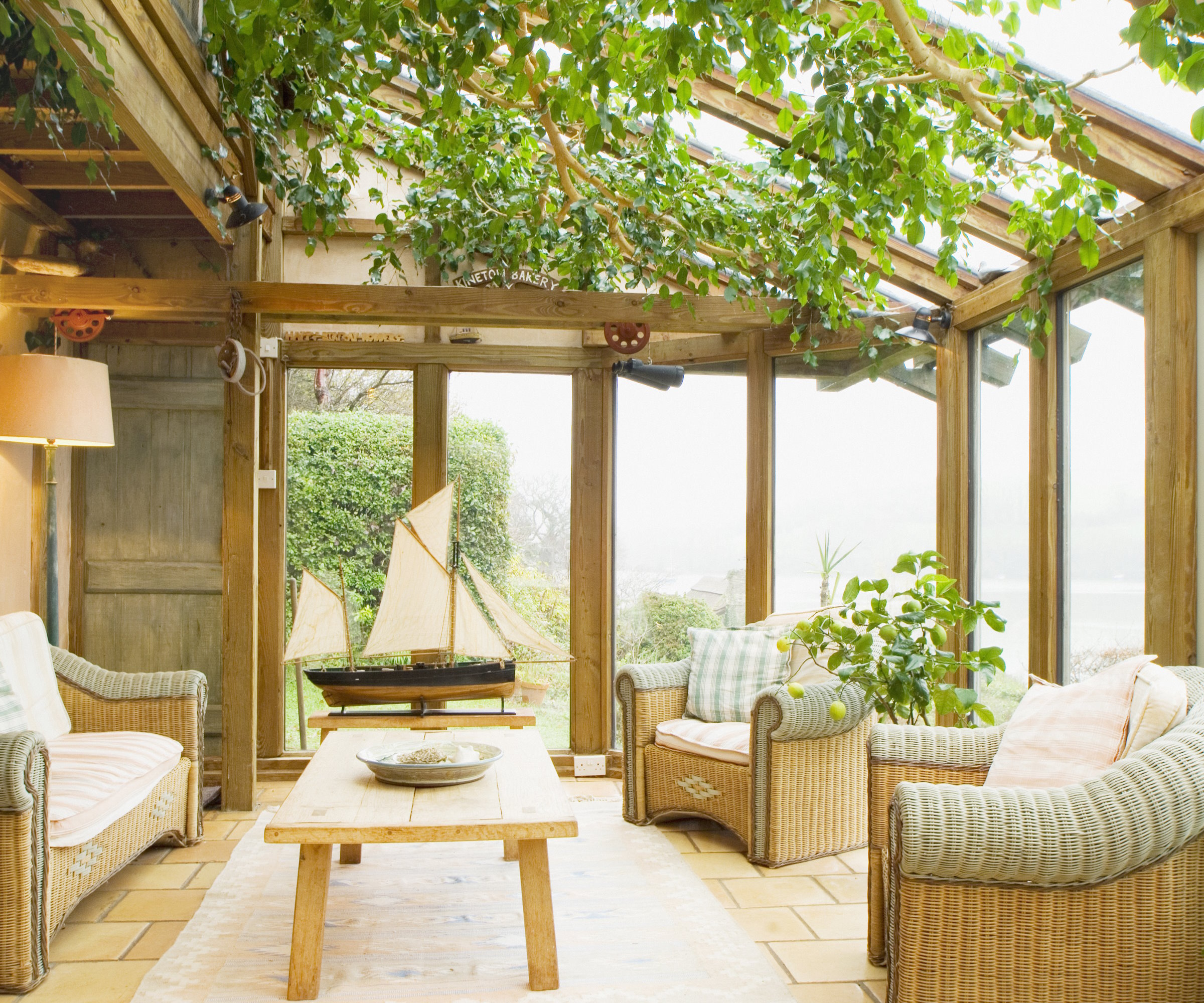
One of the best ways to make a garden room look more enchanting is to blur the boundaries between building and nature. Growing foliage and flowers over your garden room is a wonderful way to soften its architectural lines and create a sense of harmony with the surrounding landscape.
Look to select the best climbing plants that thrive in your local climate and growing conditions. Popular choices include ivy, jasmine, wisteria, honeysuckle, and climbing roses, each offering unique textures, colors, and fragrances that add charm to the building.
Be sure to provide adequate support for their growth with trellises, pergolas, or arbors, and select plants that can easily climb and adhere to these structures. Experiment with different plant combinations and arrangements to create a vertical garden that evolves with the seasons.
9. Don't ignore your local zoning laws
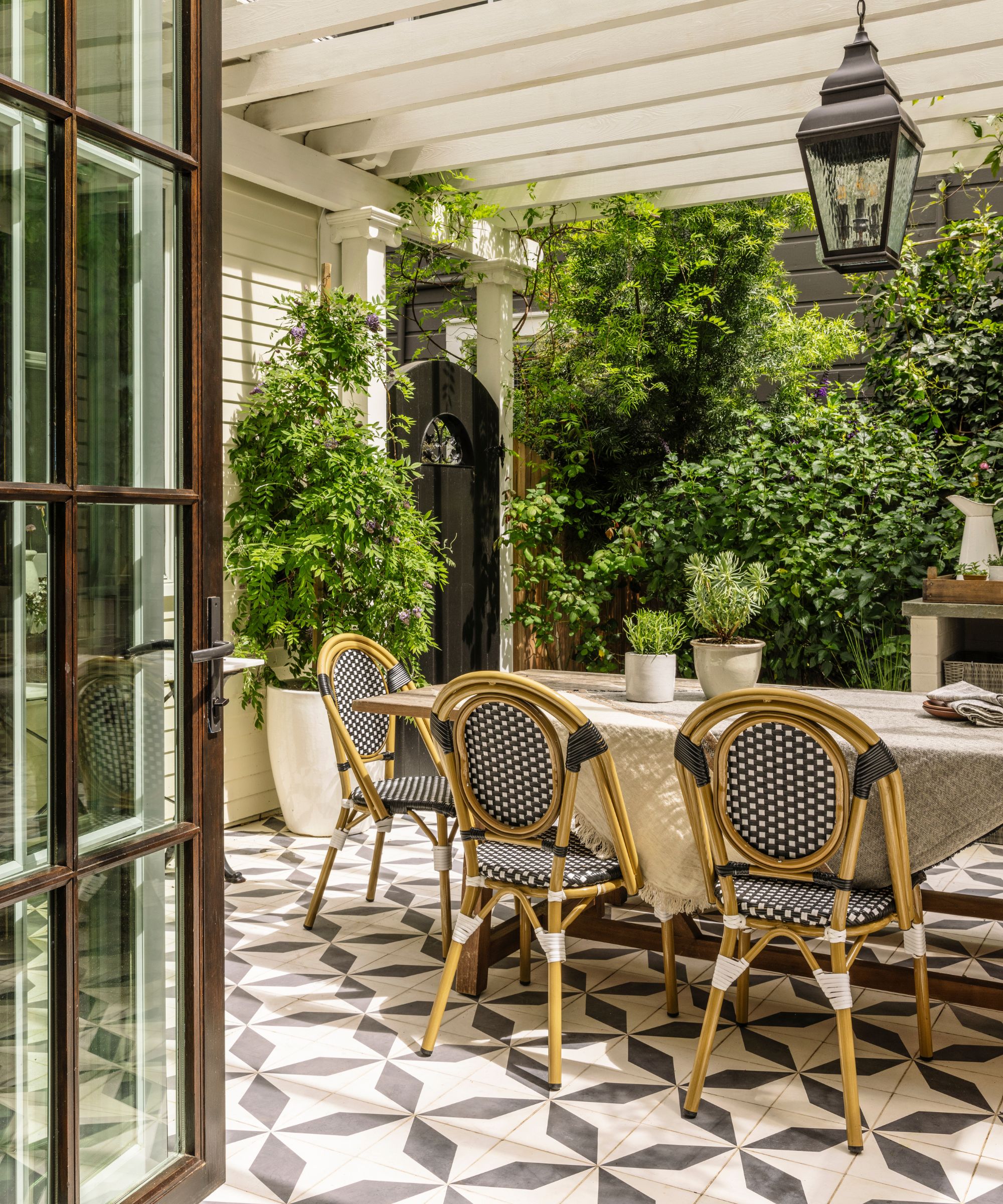
Don't get your heart set on a certain style of design or type of building until you have checked with your local building department to see what's allowed for your property, and whether you'll need permits or planning permissions to complete the structure.
Depending on where you live, you may be subject to regulations around the size of your structure, how far away it must be from your property line, or whether or not it can function as an accessory dwelling unit (ADU).
Additionally, you'll want to be considerate of your neighbors and how your plans will impact those around you.
‘Be prepared to be flexible and amend your outdoor room design to suit the parameters; a boundary wall is not a problem in itself, but you have to be mindful of neighbors’ privacy and their right to light, therefore you may have to compromise on the height,’ says architect Max de Rosee of De Rosee Sa.
How to you design a garden room?
When planning a garden room, think carefully about how you’d like to use the space. A garden room can be an extra sitting room, a peaceful sanctuary for enjoying your garden all year round, or a home office or ‘quiet zone.’ Alternatively, it can be your main family room, like many a contemporary orangery-style kitchen, or a large convivial space for parties and entertaining.
A wide choice of building materials is available to suit all tastes. Painted hardwood is popular, while green oak-framed construction creates a more rustic look. Consider employing an architect, especially if your property is listed. To avoid delays at the planning stage, the scheme must blend sympathetically with the rest of the building, and have similar windows. Planning authorities will look closely at the roofline and positioning of any gables, and their visual impact on neighbouring properties.
What can I put in my garden room?
The beauty of a garden room is that it can be anything, really. You can use it as a relaxing retreat for reading and meditation, or as a space for a home gym or home office. Or, use it as a craft room, a space for guests to sleep, or even a potting shed.
Consider the function of your garden room before you build it, since its size, features, and furnishings will depend on how you plan to use it. If you want your garden room to serve as a home office or guest quarters, for example, it'll need electricity, proper insulation, and a heating source. If you plan to use it as more of a three-season room or potting shed, you may be able to do without those things.
Garden room essentials
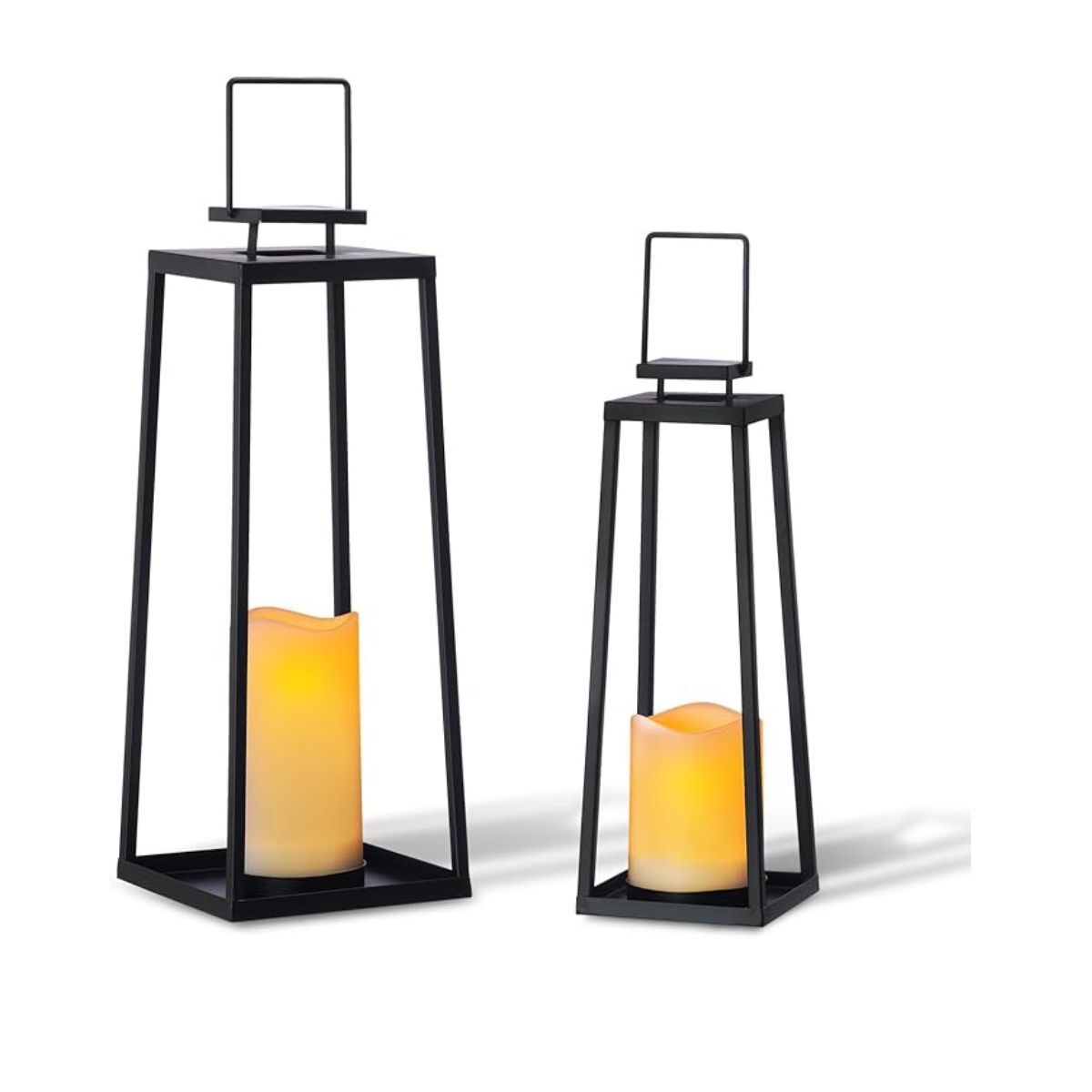
Lanterns are a must-have for a softly lit, calming garden room. Instead of using traditional indoor lanterns in garden rooms because of the indoor-outdoor living, it is best to opt for outdoor lanterns that will continue to stay lit even if you throw the doors to the garden wide open.
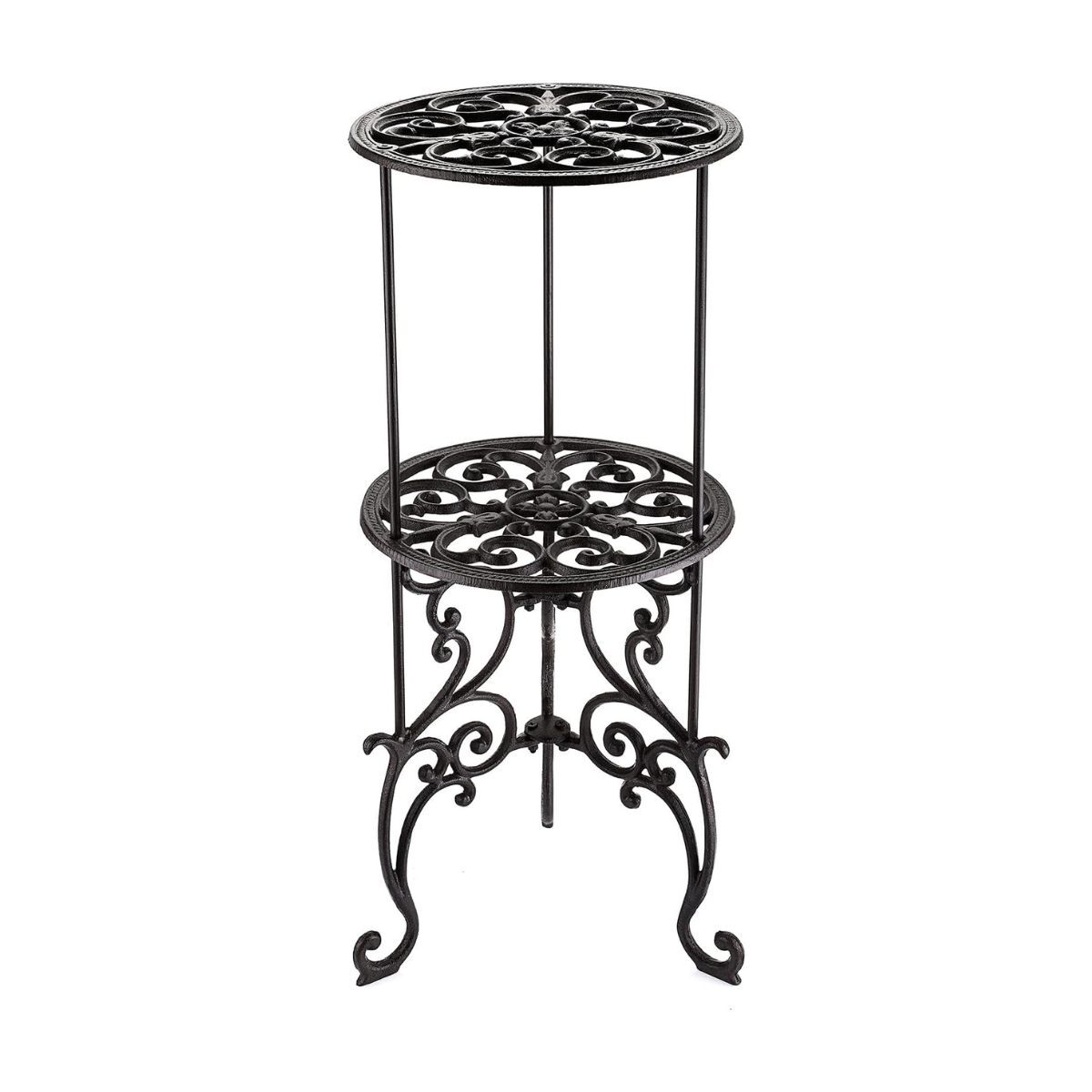
A tiered plant stand is a must for any garden room. There are many contemporary versions on the market, but it's harder to come by traditional or vintage plantstands that look chic and timeless. This rustproof stand can be taken inside or outside, and will look as tasteful in fifty years as it does today.
If you are looking to implement a brand new garden room building, or simply give your existing garden room a refresh ahead of your summer garden party, be sure to remember that the main point of a garden room is to be a relaxing, calming place you want to spend time in. Consider soothing decorating ideas and incorporate nature-inspired decor themes, so it feels like a natural extension of your garden and home.
Design expertise in your inbox – from inspiring decorating ideas and beautiful celebrity homes to practical gardening advice and shopping round-ups.

Jennifer is the Digital Editor at Homes & Gardens. Having worked in the interiors industry for several years in both the US and UK, spanning many publications, she now hones her digital prowess on the 'best interiors website' in the world. Multi-skilled, Jennifer has worked in PR and marketing and occasionally dabbles in the social media, commercial, and the e-commerce space. Over the years, she has written about every area of the home, from compiling houses designed by some of the best interior designers in the world to sourcing celebrity homes, reviewing appliances, and even writing a few news stories or two.
- Charlotte OlbyStyle & Trends Editor
- Sophia Pouget de St VictorUK Editor
You must confirm your public display name before commenting
Please logout and then login again, you will then be prompted to enter your display name.
